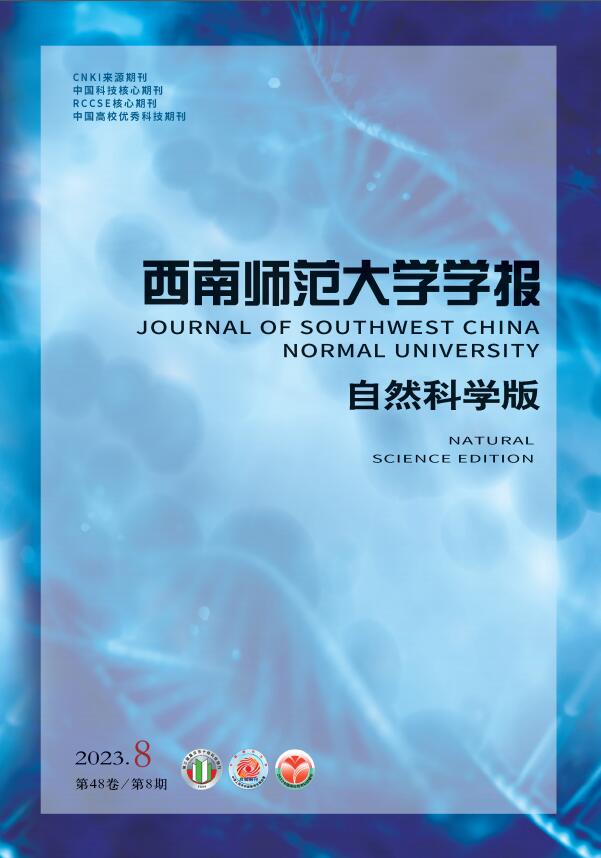-
逆高斯分布源于布朗运动中具有正漂移的初至时间分布.文献[1]在1957年率先将逆高斯分布应用于统计领域.若随机变量X密度为
则称X服从参数u>0,λ>0的逆高斯分布(记为X~IG(u,λ)).
文献[2]给出了IG(u,λ)的累积分布函数与正态分布之间的关系
其中Φ(·)表示标准正态分布的累积分布函数.由逆高斯分布函数的表达式不难得到当λ→ ∞时逆高斯分布函数是渐进正态的.
近年来,有关极值渐进展开及收敛速度的研究得到了迅速发展.文献[3]研究了广义指数分布随机变量序列最大值的收敛速度;文献[4]分析了混合广义伽马分布的渐进性质;文献[5]对对数伽马分布的尾部性质进行了探讨.
本文讨论了服从IG(λ)样本最大值分布的收敛速度.
HTML
-
本节将给出几个有关逆高斯分布的重要辅助结果.
命题1 令F(x),f(x)分别表示逆高斯分布的累积分布函数和概率分布函数.当x充分大时,对于u>0,λ>0有
其中
证 注意到
其中φ(x)是标准正态分布的密度函数,在x足够大时成立(证明参见文献[6]).由(1)和(2)式得
(3) 式的最后两步由泰勒展开式得到
由命题1和文献[7]的推论1.7可得F∈D(Λ).规范常数an和bn可选为
由命题1及文献[8]的定理1.5.1易得:
命题2 设Xn,n≥1时为独立同分布的随机变量序列,其公共分布函数为逆高斯分布F(x).记Mn=max(Xk,1≤k≤n)为部分最大值,则
其中规范常数αn和βn为
对于λ>0和u>0成立.
-
定理1 设F(x)为逆高斯分布的累积分布函数,且规范常数αn和βn满足命题2,则
证 令vn=αnx+βn并且τn=n[1-F(vn)],其中αn和βn由命题2给定.
由(6)式可以推导出
于是有
显然,对于τ(x)=exp(-x),
在n足够大时成立,因此通过文献[8]的定理2.4.2,可以得到(5)式.
定理2 设F(x)为逆高斯分布的累积分布函数,规范常数an和bn满足(4)式,则
在n→ ∞时成立,其中
引理1 设G(bn;x)=F(anx+bn)并且g(bn;x)=nlog G(bn;x)+exp(-x)有规范常数an,bn,其中an和bn由(4)式给出,则
其中κ(x)和ω(x)由定理2给定.
证 显然,bn→ ∞与n→ ∞互为充要条件,因为1-F(bn)=n-1.由命题1知
令
则limn→ ∞A(bn)=1,且
于是,
结合(7),(8),(9)和(10)式,得到
其中最后一步由控制收敛定理证得.类似于(11)式的证明,得到
定理2的证明
由引理1知n→ ∞,g(bn;x)→ 0,
且
定理2证毕.
通过(4)式中的
$ \frac{1}{{{b_n}}} = O\left( {\frac{1}{{{\rm{log}}{\kern 1pt} {\kern 1pt} n}}} \right)$ ,不难由定理2得到$ {F^n}\left( {{a_n}\left( x \right) + {b_n}} \right) - \mathit{\Lambda }\left( x \right) = O\left( {\frac{1}{{{\rm{log}}{\kern 1pt} {\kern 1pt} n}}} \right)$ 即Fn(anx+bn)收敛到其极限分布Λ(x)的收敛速度为$ \frac{1}{{{\rm{log}}{\kern 1pt} {\kern 1pt} n}}$ .






 DownLoad:
DownLoad: